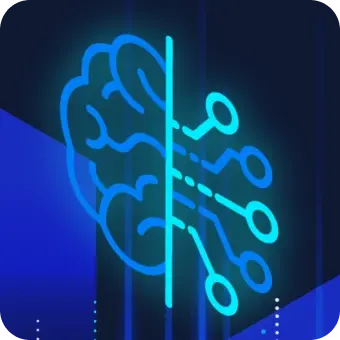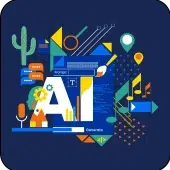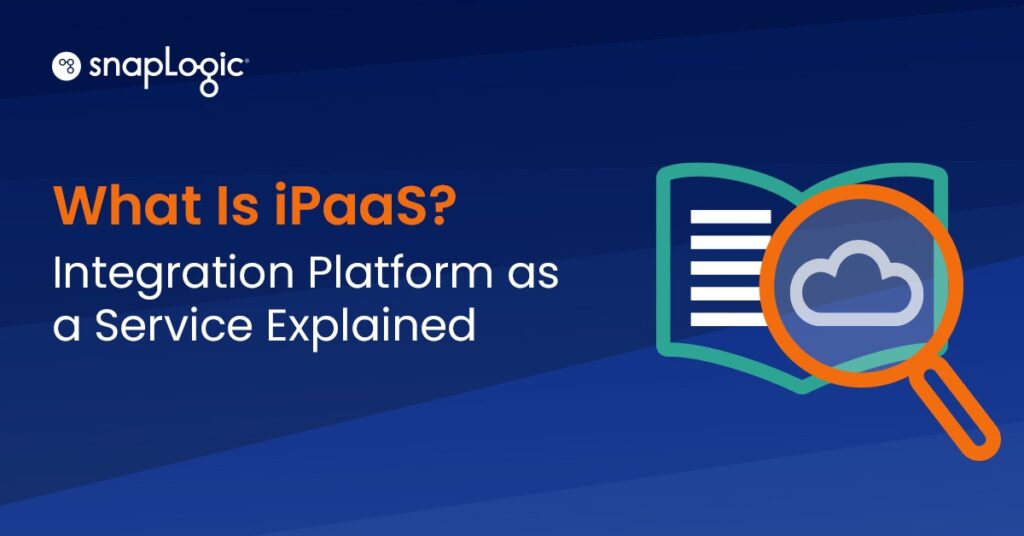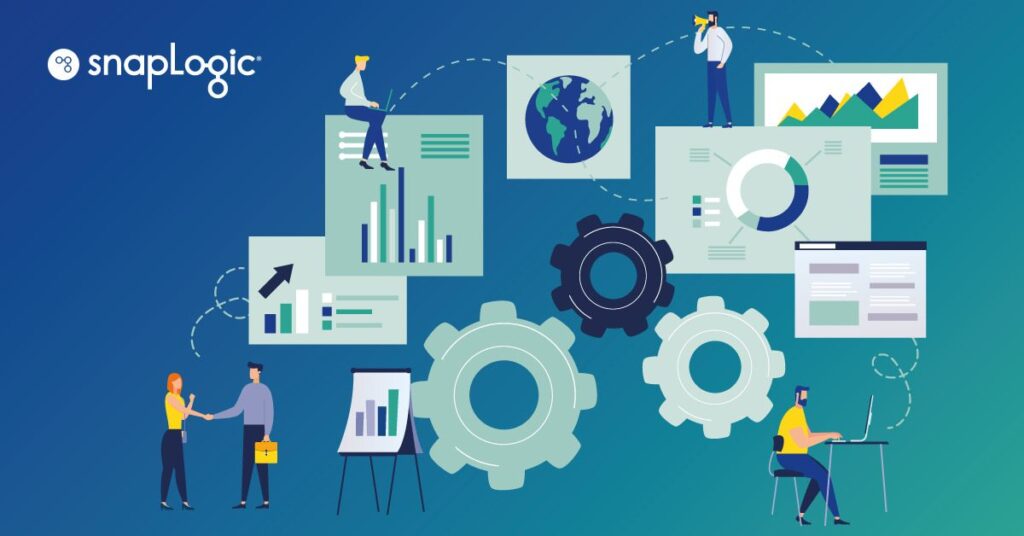In the first three parts of this blog series for integration platform as a service (iPaaS), I reviewed the classic integration requirements and outlined four new requirements that are driving the demand for cloud integration in the enterprise:
In this post, I?ll review requirement #4: Future-proofing for the world of social, mobile, analytics, cloud, and internet of things (SMACT)
Even if your organization has been traditionally conservative and is currently only at the assessment state around the value of a cloud-centric IT infrastructure, and specifically software as a service (SaaS) applications, it is almost a certainty that your business stakeholders will soon expect your IT organization to handle social data or enable the mobile channels. And for those companies that sell products with hardware components, the so-called Internet of Things (IoT) will be a pressing need, if it is not already. When you consider the volumes, velocity and variety, not to mention the need to harvest, integrate and analyze data in the world of SMACT it can be daunting. Today many IT organizations are using massively parallel or big data technologies such as Hadoop and Amazon Redshift to build enterprise data hubs or data lakes. These technologies are ideal for writing sophisticated algorithms to analyze data for either problem detection or analyzing historical and predictive trends. Most times, this data is aggregated from a variety of sources – some business transaction data sources (such as Oracle databases or salesforce.com) and some activity data such as website click stream data. However, enthusiasm for transitioning to these big data technologies often makes can sometimes result in a lack of attention to the key prerequisite of getting that data into these systems in the first place, thereby amplifying the integrator’s dilemma that is crippling so many enterprise IT organizations today.
In order to be able to handle the new SMACT data and API requirements seamlessly, your integration platform as a service (iPaaS) needs to deliver scale without slowing your data initiatives down. Your iPaaS needs to deliver elastic scale that expands and contracts its compute capacity to handle variable workloads while pumping data into your analytics infrastructure. Social and IoT data can demonstrate significant variability. Your cloud integration platform needs to move data in lightweight formats and add minimal overhead; JSON is regarded as that compact format of choice when compared with last generation formats such as XML (see my post on Why Buses Don’t Fly in the Cloud and Greg Benson’s post on JSON-centric iPaaS). And lastly, your iPaaS should be able to handle REST-based streaming APIs to continuously feed your data analytics platform. Without these new approaches to iPaaS, you are setting yourself up for falling short on your big data and SMACT initiatives.
With a modern iPaaS, you are set to reap several benefits. Here are a few:
- You do not need two platforms: one EAI and one ETL, and can standardize on a single iPaaS for ALL your integration needs. As a result of this rationalization, you will contain software and hardware costs and need fewer skilled resources. Your developers and administrators can double up to build and manage ETL as well as EAI workloads.
- With its elastic scale, you will not have to plan and provision resources around black swan events of traffic spikes.
- And lastly, a more compact REST+JSON architecture will help you optimize hardware resources as well as seamlessly deliver on the growing mobile requirements of your business.





